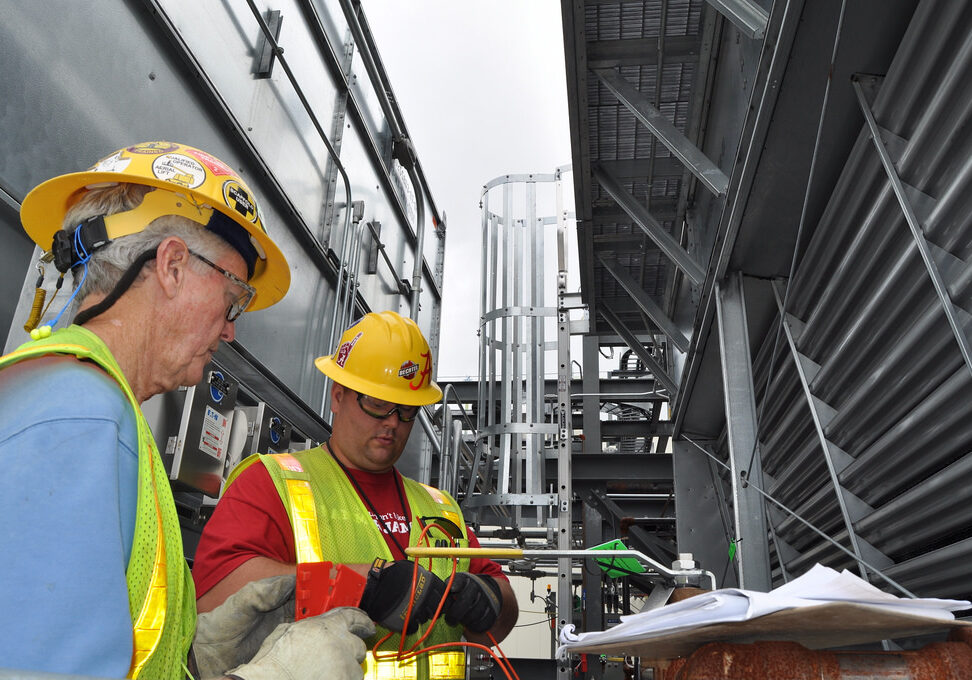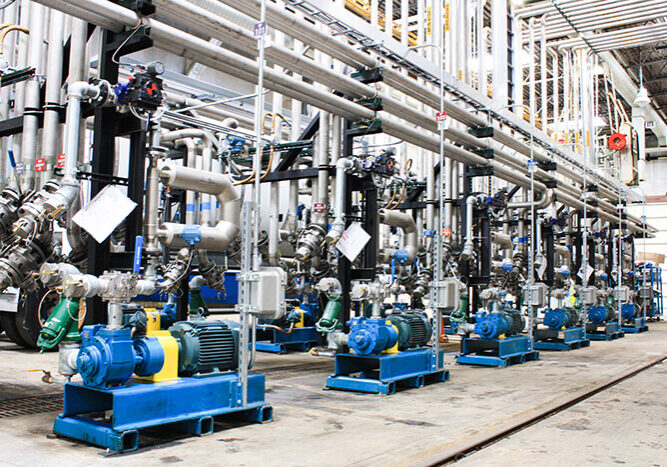The Importance of Root Cause Analysis

Root cause analysis, also known as RCA, is discovering the root cause of a problem in order to identify the correct solution. RCA also promotes systematically preventing and solving underlying issues rather than “putting out fires” as they form. Below, we will discuss the benefits of RCA and how to apply it to your operation.
What is Root Cause Analysis?
RCA is conducted through a collection of techniques and methodologies that are leveraged to identify the root causes of events or trends of events. It looks beyond the superficial to show where systems or processes failed or caused the initial issue.
Root cause analysis is often done in four steps:
- Identify and detail the problem or problems.
- Create a timeline from normal operations up to when the issue first developed and was noticed.
- Differentiate between the actual root cause versus other factors by gathering data on the equipment, its service, any reported issues, etc.
- Develop a graph between the root cause and the issue. You may even choose to create a Fishbone Diagram, a preferred method for conducting RCA.
How to Perform Root Cause Analysis
When creating your fishbone diagram, be sure to list data on all the following applicable components.
- Equipment – Have all the information on the equipment including normal operating parameters, hours of operation, age, etc.
- Materials – Any materials that go into or out of the equipment.
- Power source – What equipment is powered with, as well as any applicable output.
- Maintenance – The schedule, tasks performed, testing, etc.
- Inspection – Any past or current inspections on the equipment.
- Operator – Any knowledge the operators have on the equipment.
For example, let’s say you have a piece of rotating equipment with constant premature seal failure. You may begin by looking at the history and current situation. Have the mechanical seals been an issue from startup? Begin the cause and effect examination. Check the equipment itself for design, seal controls, seal specification, and workmanship. Move onto the inlet/outlet locations axial thrusts, and flow. You may also check items such as the rotor balance, clearances, and heat checking of seal faces. And of course, check the seals themselves. Seals must be correctly selected with criteria in mind such as liquid, pressure, temperature, quality, and more. With all of this data, you may find the root cause of the premature seal failure so it does not happen again in the future.
Houston Dynamic Supply Root Cause Analysis
HDS has over 35 years of experience working with rotating equipment in many industrial applications to diagnose the root cause analysis of failures, along with their solutions. Our team can develop a complete, cost-effective course of action for repairs, rebuilds and upgrades. HDS can also perform visual inspection, non-destructive tests, disassembly, and other types of RCA testing on your rotating equipment. Contact us today to learn more.
Share this post:



